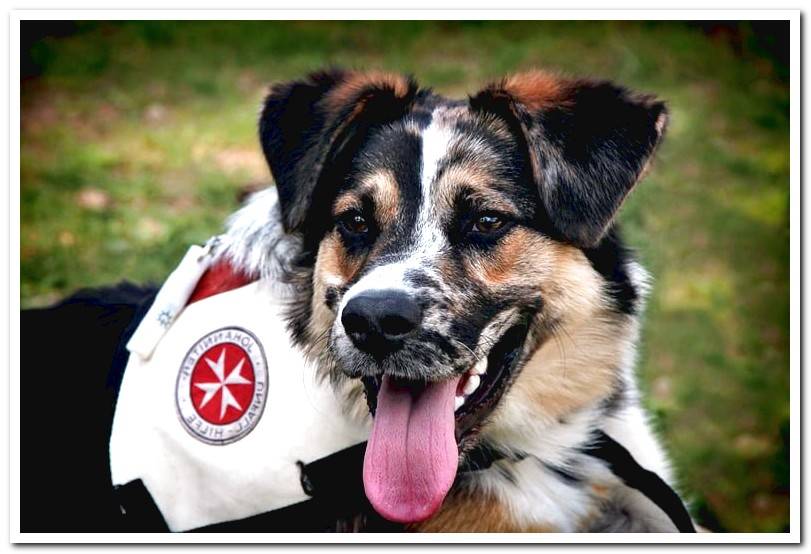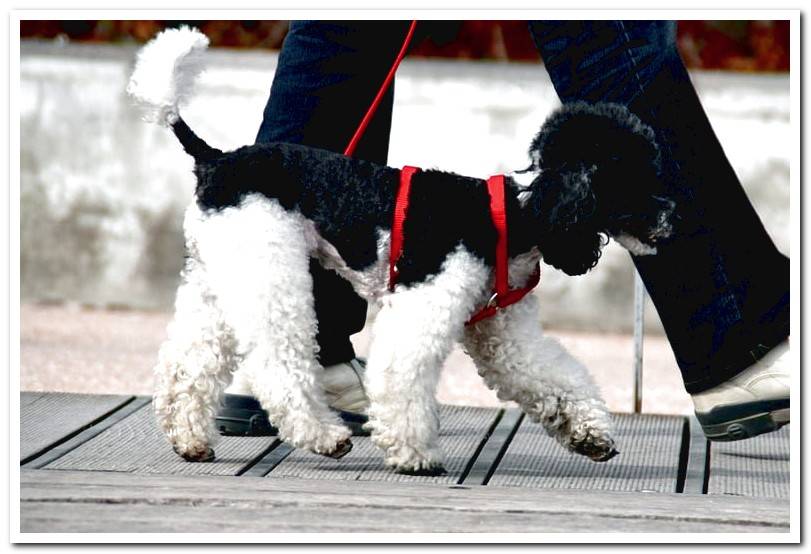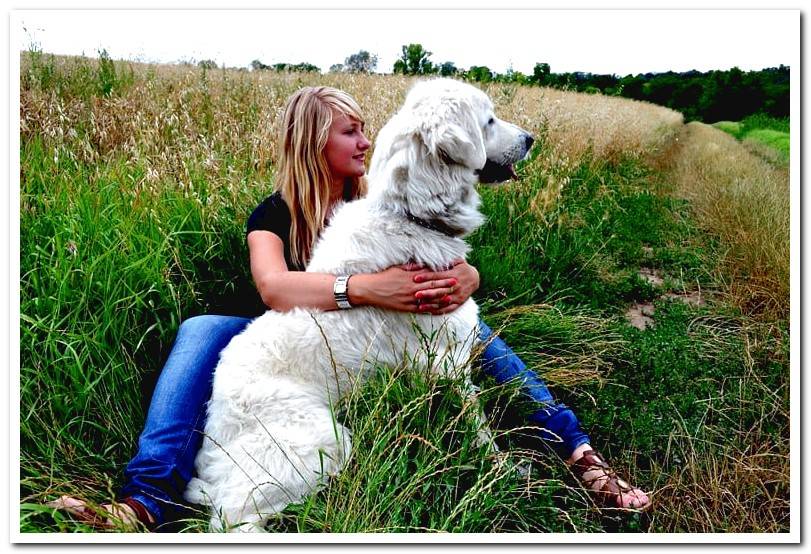
Although it may seem new, animal therapies have been part of humanity as therapeutic programs since ancient Greece. Many Greeks who suffered from incurable diseases took horseback riding to increase their self-esteem.
Currently, relationships with animals, and more specifically with dogs, have been defined as beneficial to people. Animals improve the quality of life, maintain physical and mental balance, and even increase the longevity of humans.
Today, from Soy un Perro, we want to introduce you to how Animal Assisted Therapy works, a treatment that tests the existing power of the human-animal bond to help overcome or adapt to human disorders or diseases, both psychological and physical.
Index of contents
- 1 What is Animal Assisted Therapy (TAA)?
- 2 Dog Assisted Therapy (cannotherapy)
- 3 Activities carried out in Animal Assisted Therapies (TAA)
- 3.1 Motor stimulation
- 3.2 Memory stimulation and attention span
- 3.3 Language stimulation
- 3.4 Stimulation of social skills
- 3.5 Stimulation of responsibility
- 3.6 Impulse control
- 3.7 Psychophysiological control
- 3.8 Improved self-esteem
- 4 Benefits of Animal Assisted Therapy (TAA)
What is Animal Assisted Therapy (TAA)?
Animal Assisted Therapy is the strategy of participation with animals as a resource or support in the therapeutic treatment of patients at a physical, emotional, cognitive and social level, as well as people with any condition that affects their quality of life.
The interaction that is created between the animal and the patient It is used as a mental and emotional bond to promote or accelerate the recovery from or acceptance of a human health problem.
Although these therapies can be used in a large number of groups or affected people, here are some special needs that can be addressed by TAA:
- Terminal disease
- Chronic diseases
- Muscular dystrophy
- Multiple sclerosis P
- cerebral palsy
- Alzheimer
- Parkinson’s
- Hypertension
- Down’s Syndrome
- Autism
- Mental or physical disabilities or those with special needs
- Mental health and conduct disorders (anxiety, depression, insecurity, socialization problems, adjustment difficulties, etc.)
- Attention deficit and hyperactivity
- Generalized developmental disorder (TGD)
- Eating Disorders
- Functional diversity
- Women victims of gender violence
- Victims of family violence
- People at risk of social exclusion
- Addiction treatment
- Inmates in correctional facilities

Dog Assisted Therapy (cannotherapy)
As many dog owners can already imagine, the dog therapy, or cannotherapies, are very useful. Patients with cerebral palsy and other cases of brain or motor damage, for example, will improve their facial expressions and movements.
From help as guide dogs for people with mobility or visual difficulties, to improvements in emotional state. Dogs increase self-esteem and empathy of patients and allow them to stay active to carry out tasks of responsibility and care of the dog.
In addition to dogs and other pets, such as cats these therapies can also be carried out by other types of animals, such as horses and even dolphins, and they must always be directed by an education or health professional.
Activities carried out in Animal Assisted Therapies (TAA)
The patient and the dog, or another animal, carry out a series of activities together in order to stimulate specific brain areas according to each case and achieve an improvement in the quality of life of the human being, as well as some independence from it.
Activities that are carried out with the animal or towards the animal by the patient:
Motor stimulation
- Petting
- Walks
- Coordination exercises
- Psychomotricity circuits
- Imitation of postures
- Care and grooming of the fur and material of the animal

Memory stimulation and attention span
- Learn and memorize the animal’s name
- Know customs, needs and care of animals
- Memorize body parts
- Make up stories
Language stimulation
- Descriptions: talking and writing about the animal
- Learn to give verbal and gestural orders
- Understand the animal’s communication system
- Communication and interaction with the animal
- Games Explain to others the customs, needs and care that the animal needs
- Explain to others what you learn with your company
Stimulation of responsibility
- Feed the animal
- Know and maintain the hours of the walk, meals and other needs of the animal
- Prepare and maintain a clean and pleasant place for this
Impulse control
- Work and respect the waiting times required to carry out various activities with the animal
Psychophysiological control
- Do relaxation activities with the animal
- Lie next to him and listen to his breathing and heartbeat
Improved self-esteem
- Control and care for the animal
- Guide and teach you orders
- Perform various daily activities with it

Benefits of Animal Assisted Therapy (TAA)
The fact of maintaining a continuous relationship with an animal during a process of recovery or acceptance of a specific disease allows the person markedly improve their communication and relational abilities, as well as his mental and physical state.
On the one hand, the patient will increase his physical activity and will see an improvement in his physiotherapy sessions, his motor and coordination skills and his balance. This is very useful for patients with mobility problems or who have undergone surgery.
Also, for patients with cardiovascular diseases, heart rate and blood pressure will be favored. Furthermore, stress in this type of patient is also very important to control, for which the therapy animal will be very useful.
On the other hand, the emotional and psychological benefits that a dog or other animal from TAA can offer to a patient are many and of great diversity:
- Emotional stability
- Increase self-esteem, autonomy, confidence, responsibility and feeling of usefulness
- Encourage empathy
- Improve social interactions and teamwork
- Reduces stress, anxiety and loneliness
- Facilitates the expression of affection and affection
- Assists in overcoming fears
- Decreases aggressive behaviors
- Reduces hyperactivity and improves impulse control
- Stimulates language, concentration, attention and memory
- It helps in the effect of other therapeutic treatments, since it improves the patient’s mood, involvement and motivation
- Favors treatment with resistant patients who have not responded positively to other conventional treatments previously
